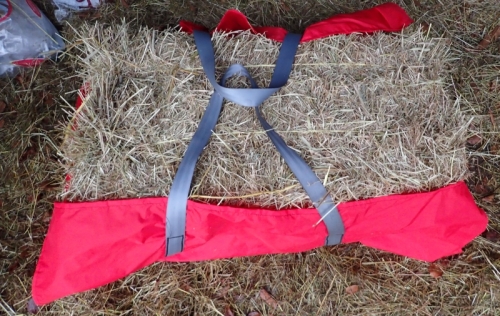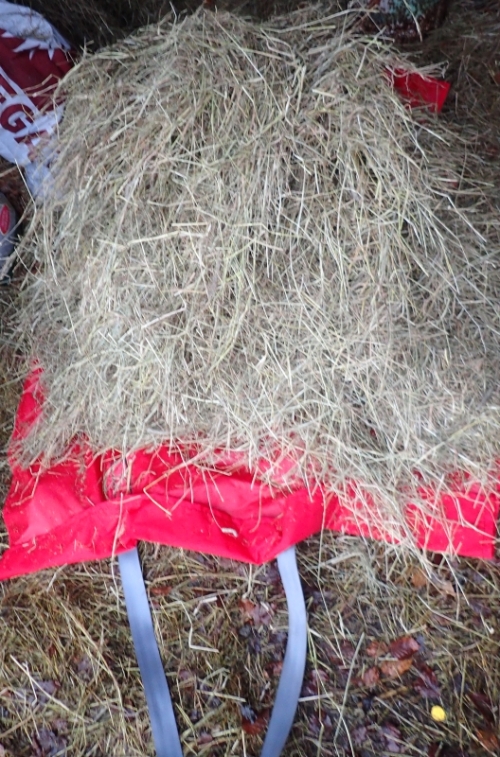So it seems I owe (both of?) my loyal followers an apology – where did this blog go? Why so few posts of late? The simple answer is that we moved to a Smallholding, and to quote a friend, “Give your enemy a smallholding, and he will work himself to death”. Well, not quite, but I have found that I’m busy enough these days that I can either do things OR write about them, but not both!
However, a few months ago it really felt as though the walls were closing in on me, and I knew I had to “get some wild”, as my wife would say. So, since this trip has been on my bucket list for nearly ten years, it didn’t take me long to make up my mind to go to Loch Shiel:

“The Loch Shiel Round” is a classic canoeing route, but most people start in Glenfinnan, then paddle down the River Shiel and out to sea at Loch Moidart, before paddling back up Loch Ailort and getting the train back to Glenfinnan. However, I fancied something different, so one rainy May day saw me putting into Loch Linnhe, at Inversanda Bay.

This wasn’t the greatest of starts, but what the hell – better a bad day on the water than a good day in the office, and all that! 🙂
Since the tide at Corran narrows is pretty severe, I aimed to get there just after the tide turned to come back in. However, it was evidently running a little late that morning, and I ended up eddy hopping up the West bank of the narrows and waiting for the ferry to leave before paddling past the slipway and into the upper loch.

Soon after this, the wind built to a steady force 5 at my back, and I spent the next three hours or so concentrating on keeping upright, rather than taking photos. However, this meant I made quick progress, and was able to get through the narrows at the entrance to Loch Eil on the same flood tide, and eventually stopped for the night a couple of miles past The Narrows.

The next morning, I paddled to the top of Loch Eil, and then paddled and lined my way up the river


Before finally giving up and dragging my kayak over a field full of bemused looking cows and up to the main road.

It’s at this point I must give a huge thankyou to Ronnie at Kayak Carrier Systems. After much research, I decided that the KCS Expedition Trolley would be the best choice for this trip, and it surpassed my expectations in every way. Not only did it cope perfectly with two long portages, but it also dis-assembled to fit in front of the foot-pegs in my Scorpio LV (low volume) kayak, with just the axle slipping easily into the stern hatch. This meant that I didn’t have to strap any gear onto the back of the boat, which made things far easier in the wind down Loch Linnhe.

The portage along the A830 was straightforward enough, although to my alarm oncoming cars tended to slam on their brakes when they saw me, rather than just going round as they would have done if I had been wheeling a bike (which frankly would have taken up the same amount of road as the kayak). This meant that I had to listen for cars coming and then pull up onto the verge, which was not ideal. However, ninety minutes later, I reached the Rvier Callop, which was to take me down into Loch Shiel.

Although I had paddled this section of river a few years ago without incident, I found this time that storms and floods had washed many trees across the river, making passage very slow and difficult. For this reason, and for road safety, I must regretfully say that if you are thinking of doing this trip yourself, try to arrange transport from Loch Eil to Glenfinnan. Suffice to say that after rather a difficult day, I decided that nobody could really blame me if I went for a steak and a pint at the Glenfinnan Hotel, whilst I watched the rain lashing down!
The next day gave more sunshine and showers as I paddled down Loch Sheil. One minute I would be paddling through this

then five minutes later looking back to this

and then forwards to this!

until I came around the corner near Pollach, and was able to sail for a bit too 🙂
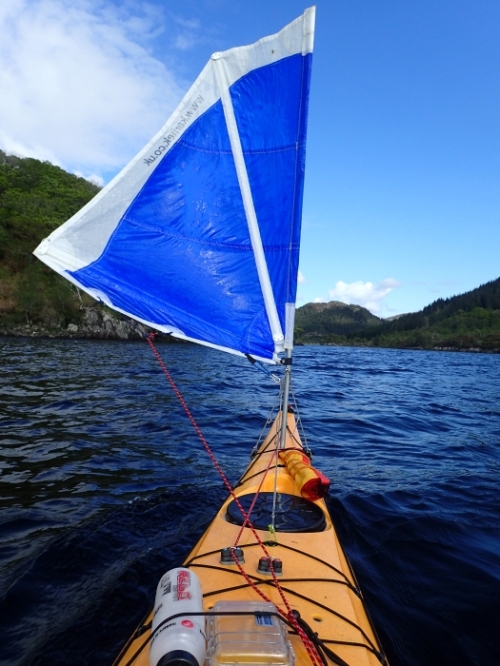
I camped for the night at Crudh’ an Eich, looking over towards St Finan’s Isle
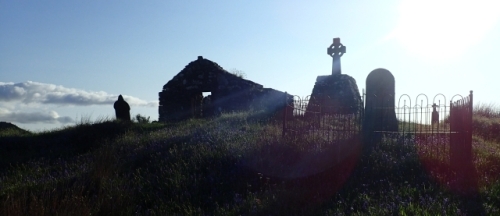
and the next day paddled to Acharacle and portaged up and over to Salen on Loch Sunart
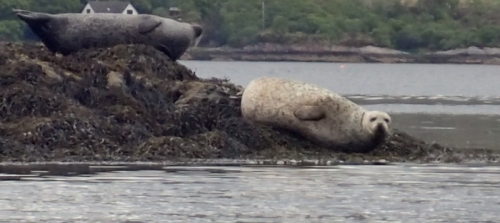

before paddling the length of Loch Sunart and ending up back at my starting point of Strontian.
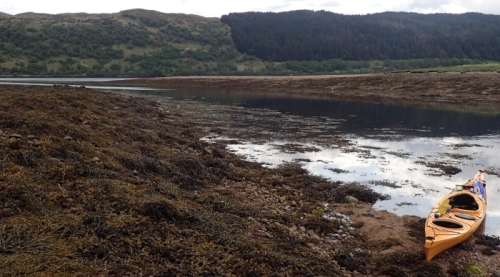
All in all, this was a fantastic wee trip. Nothing hardcore (I was on my own after all), but wild enough to feel as though I’d had a proper adventure. I just wish I could find the time these days for more trips like this!
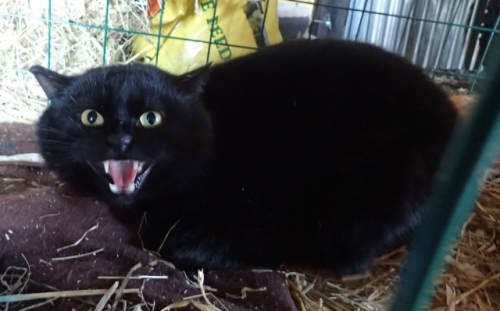
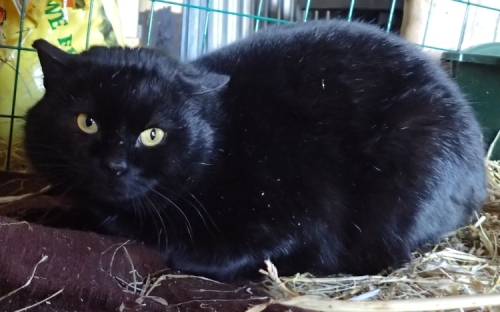
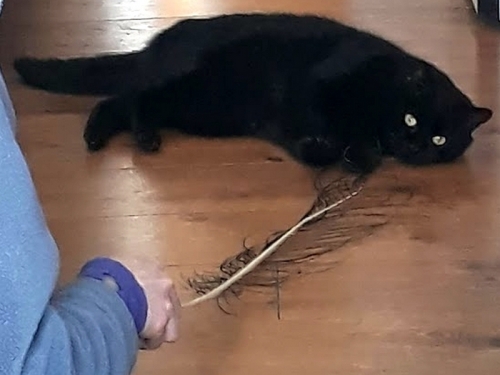


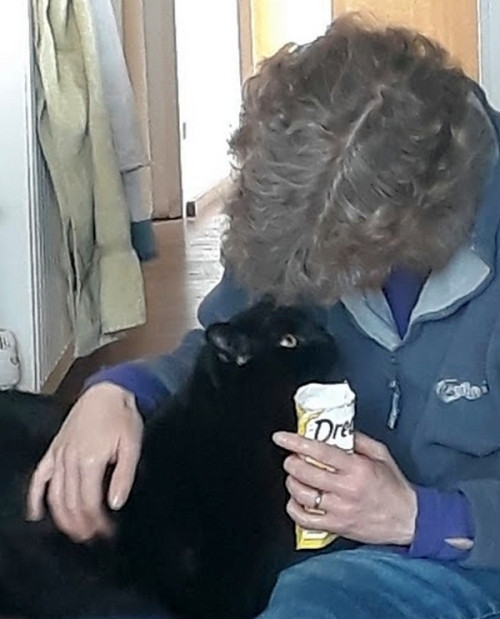
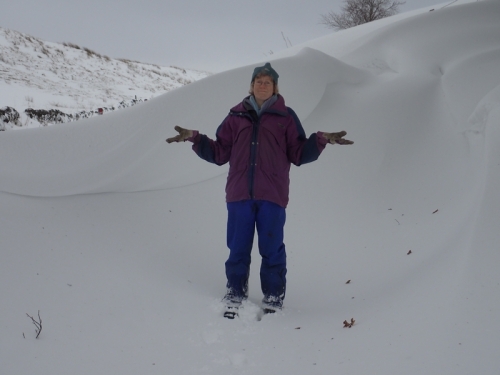
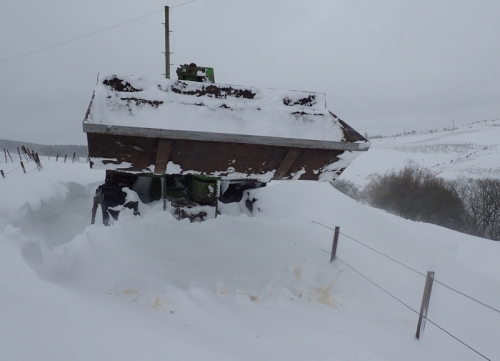
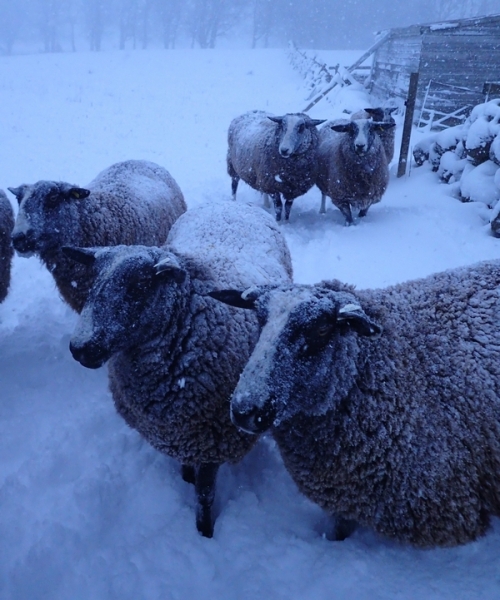
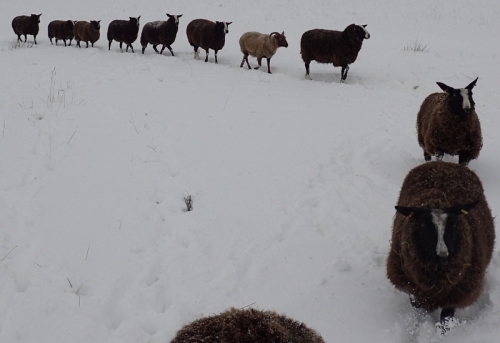


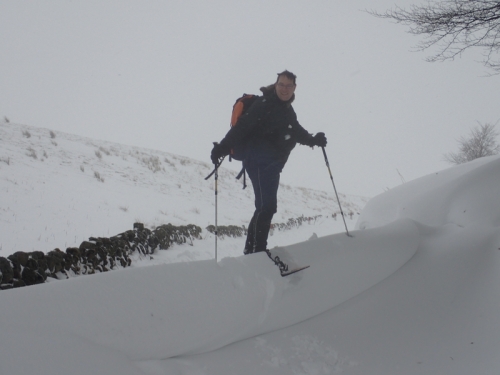
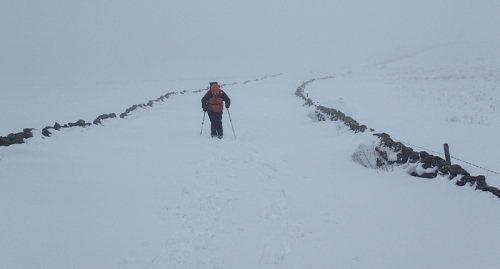
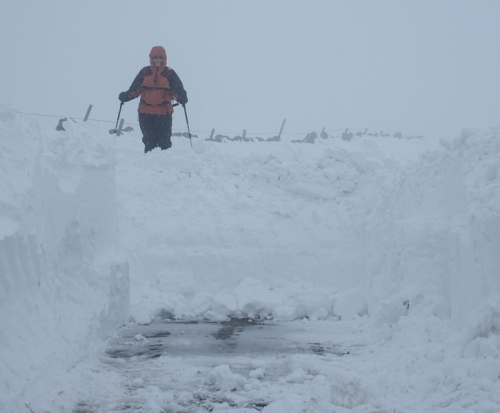
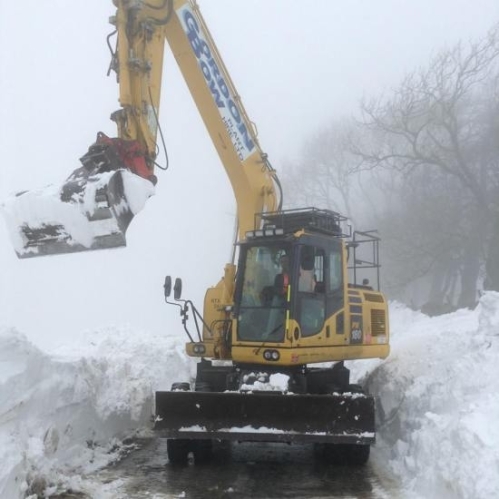

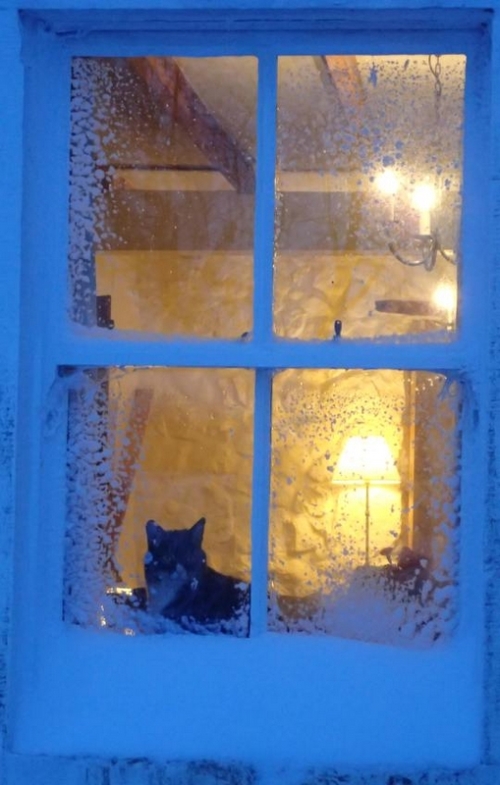
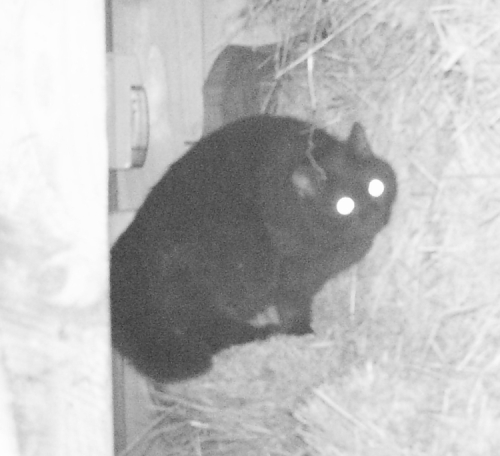
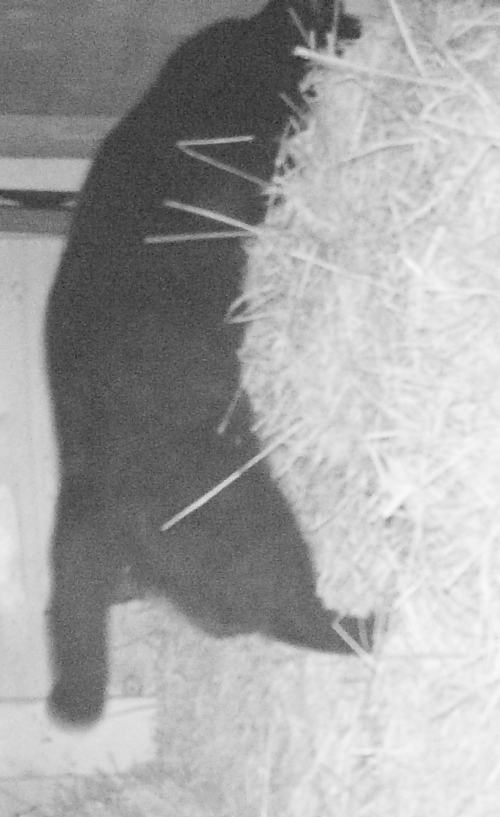
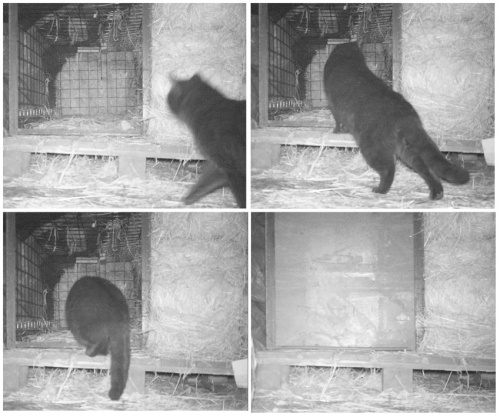 Oh yes! curiosity trapped the cat! 🙂
Oh yes! curiosity trapped the cat! 🙂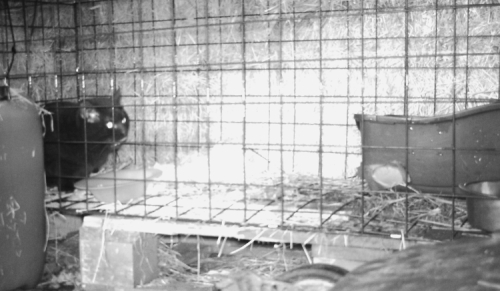
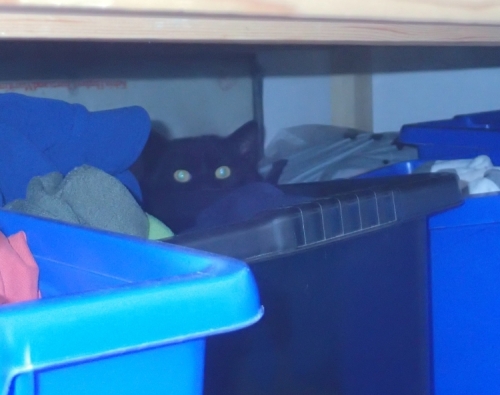
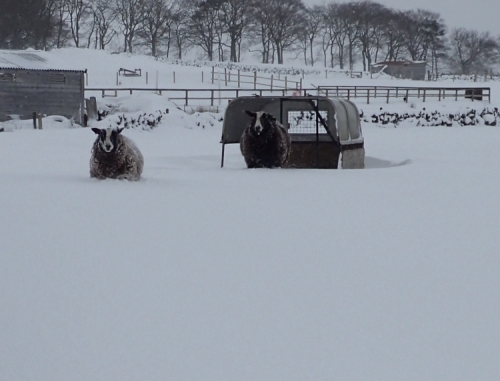 but this morning they were nowhere to be seen!
but this morning they were nowhere to be seen!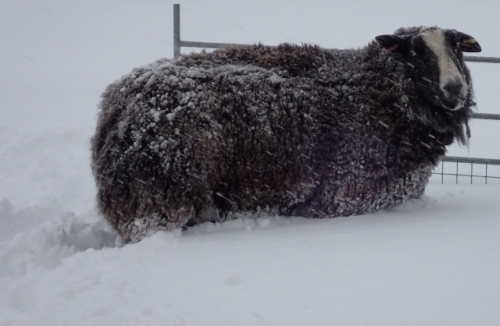

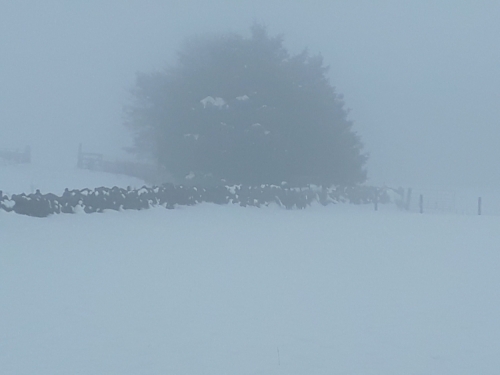

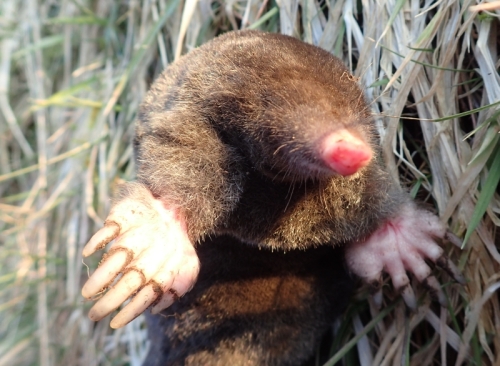


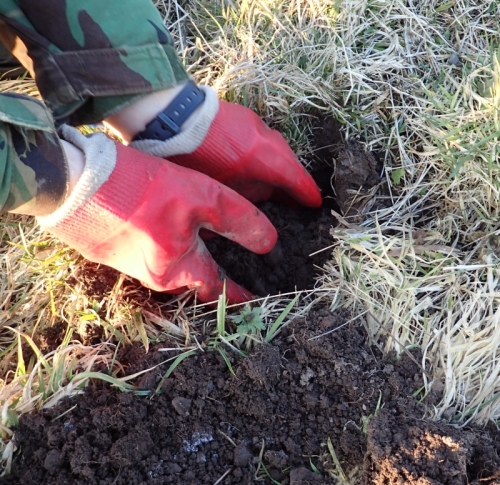
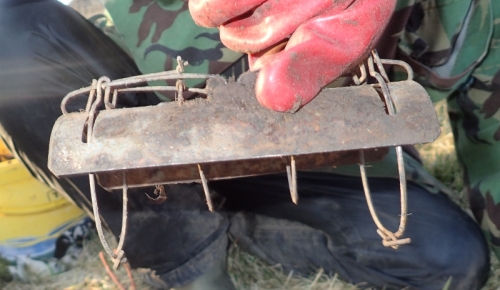
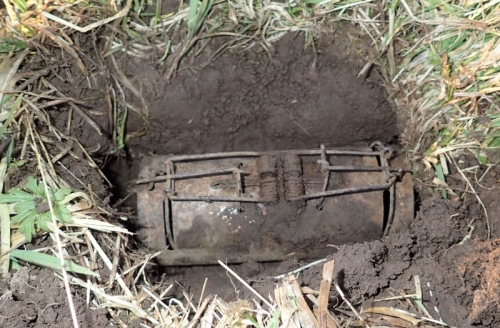
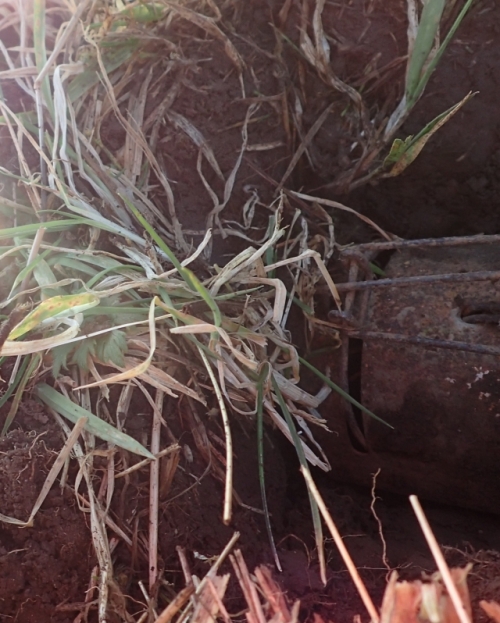
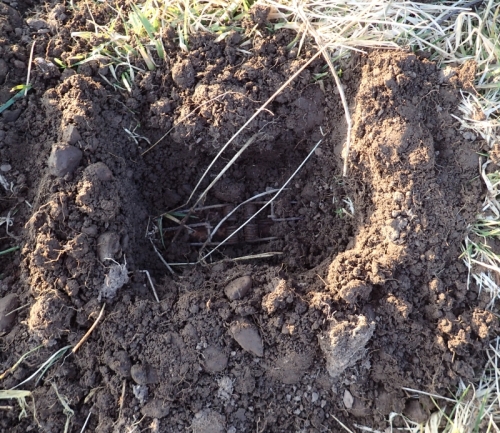
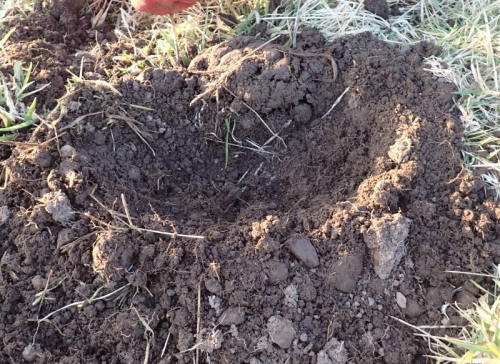
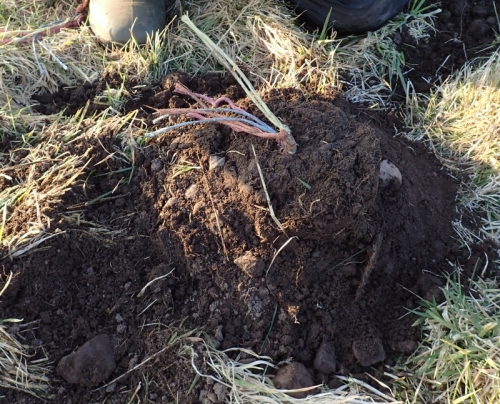
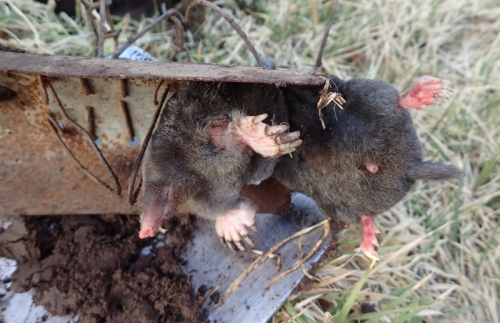

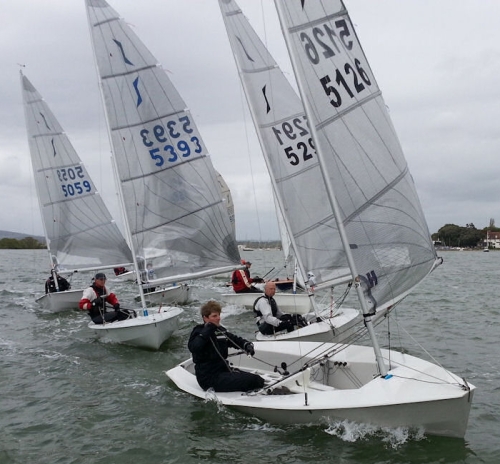




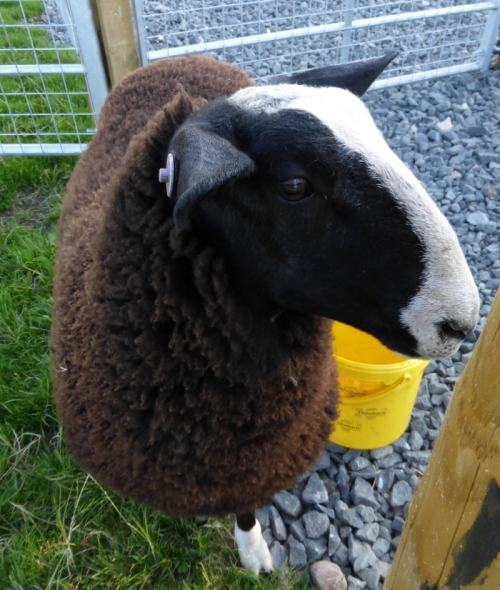
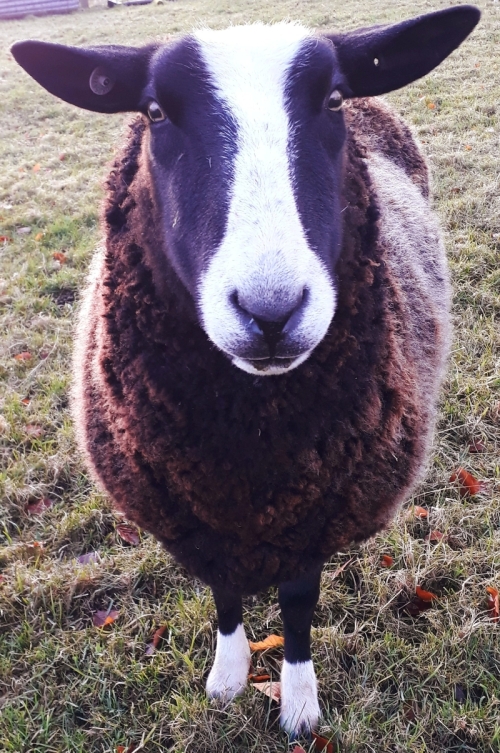

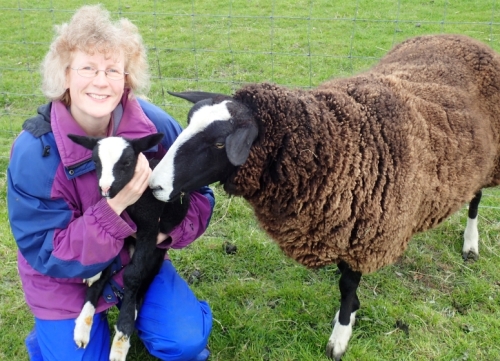
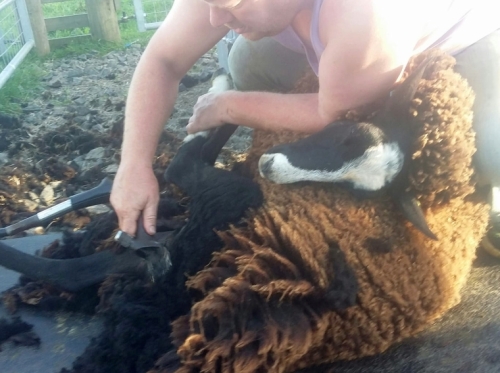
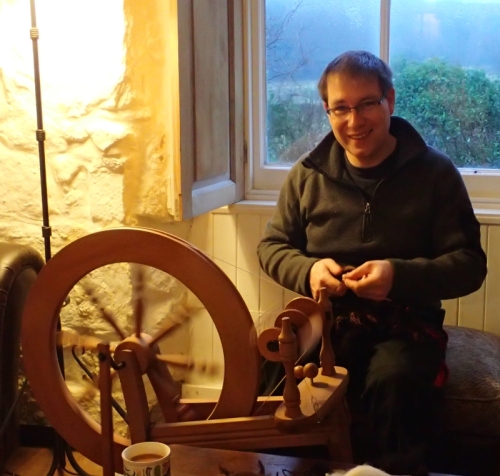
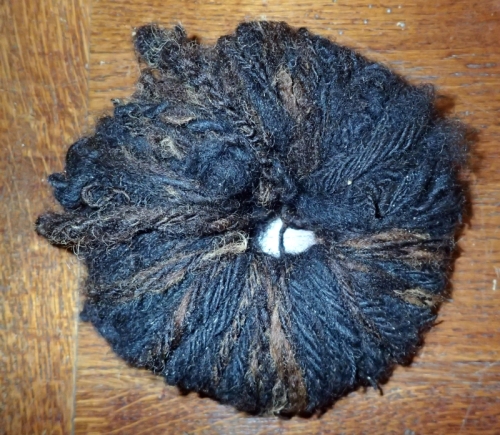

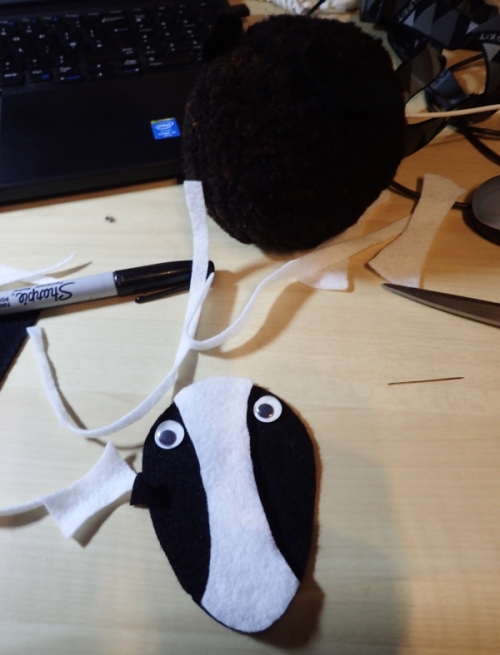
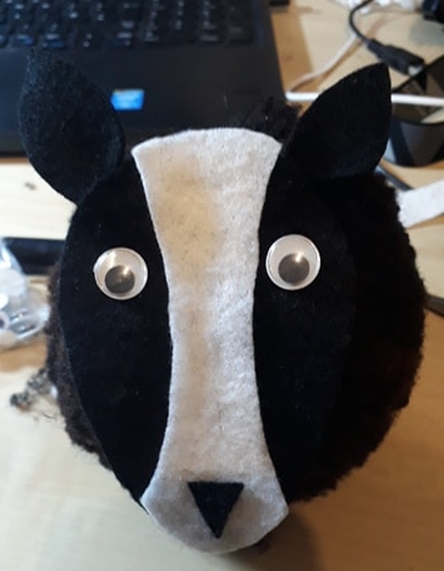
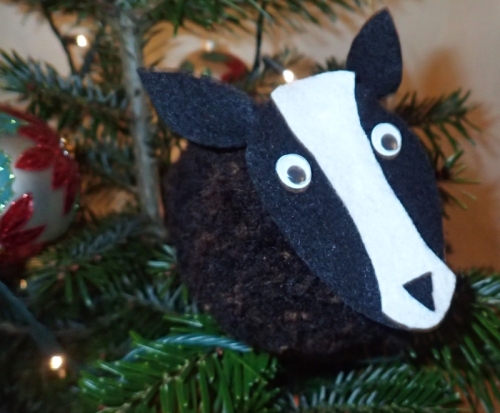
 Basically it’s a square of nylon fabric with two loops of car seatbelt webbing sewn on.
Basically it’s a square of nylon fabric with two loops of car seatbelt webbing sewn on.